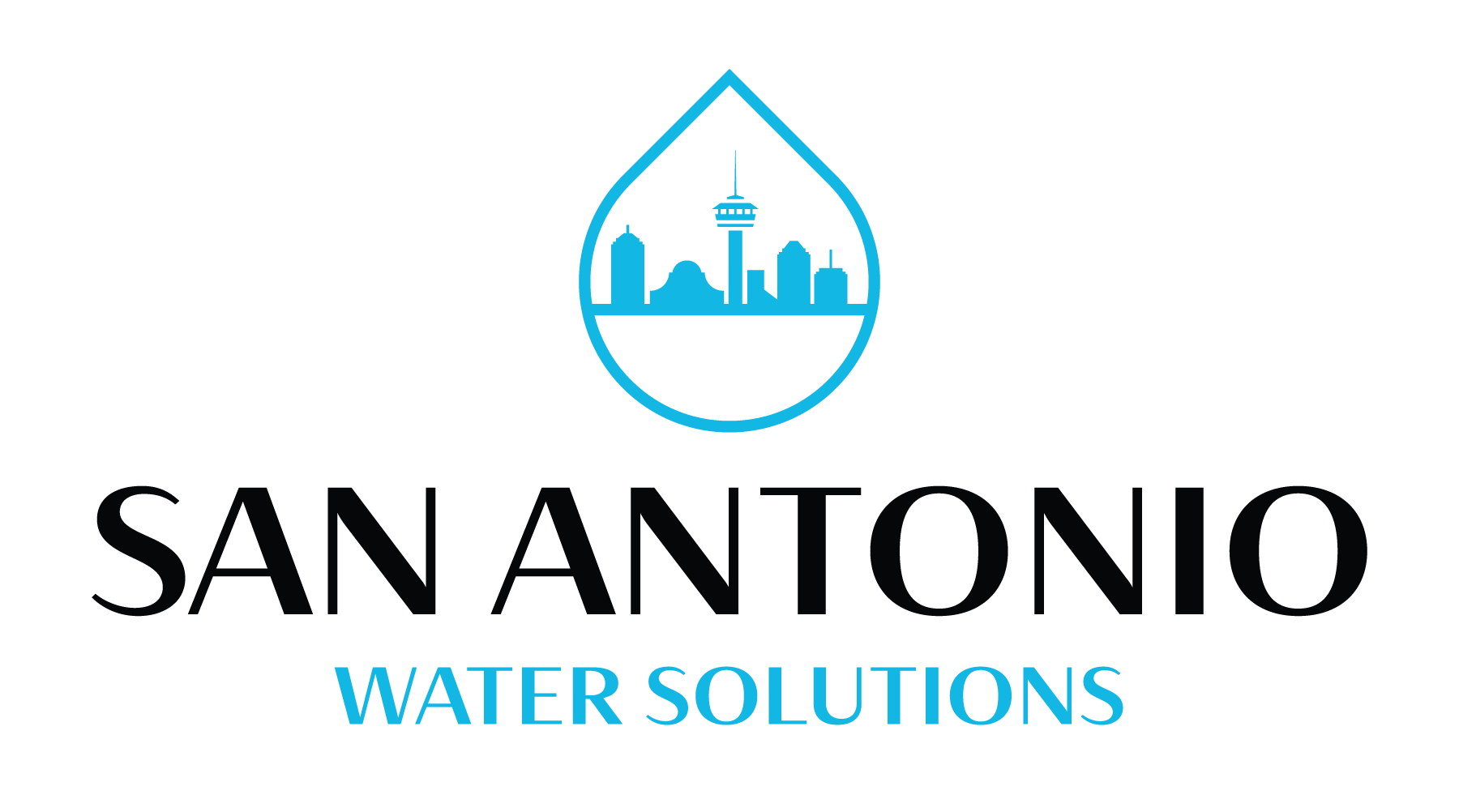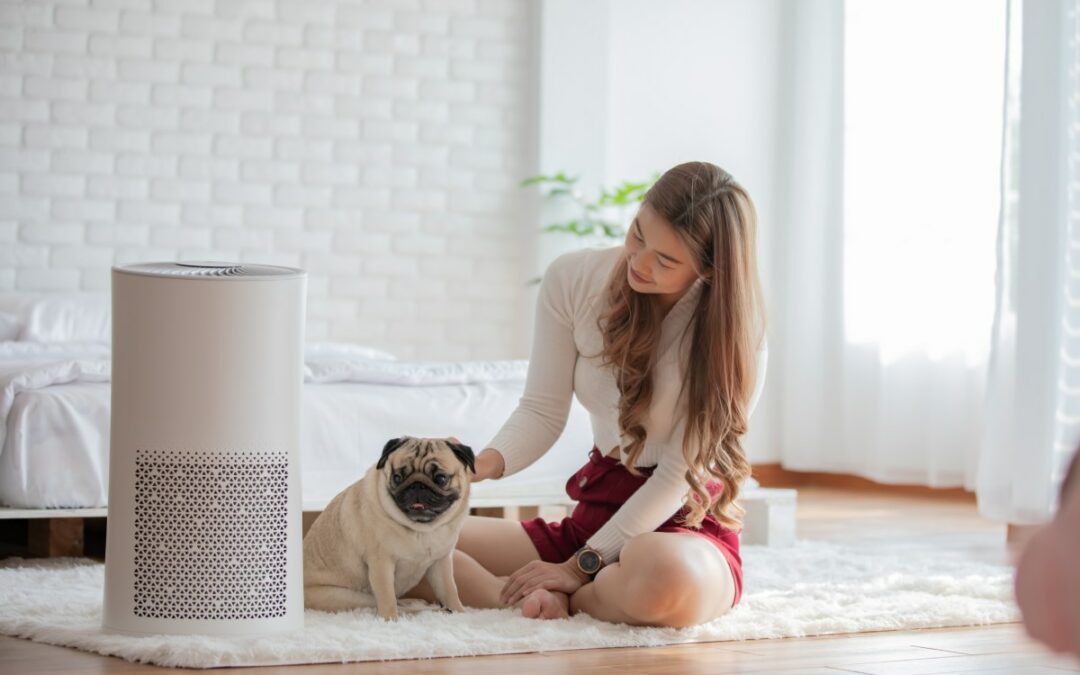Protecting your loved ones and your health is critical to ensuring that everybody breathes clean and safe air. The air people breathe inside their homes or closed rooms is frequently far more polluted than the air outside. If unchecked, the stale air that circulates through our HVAC systems can contain a variety of pollutants, including those derived from fossil fuels, which can cause various health problems.
What is an air filter?
An air filter is a device that removes contaminants from the air, such as dust, pollen, mold, smoke, and pet dander. It is typically constructed from fibrous materials such as paper, cloth, or fiberglass. Mostly the air filter captures large, airborne particles.
What is an air purifier?
An air purifier is a device that traps airborne particles like dust, pollen, pet dander, and smoke while also reducing odors and VOCs (volatile organic compounds). It typically includes a fan, a filter, and other components that aid in removing impurities from the air. It performs better when it comes to removing particles that an air filter can’t.
Differences between an air filter and air purifier
- An air filter uses a mechanical filter to trap dust, dirt, pollen, and other large particles from the air. In contrast, an air purifier uses a combination of filtration and air purification technologies to remove pollutants from the air.
- An air purifier uses other technologies such as ultraviolet (UV) light, activated carbon, and ionization to eliminate odors, smoke, and other airborne pollutants, while an air filter doesn’t.
- An air purifier often incorporates an air filter to remove dust, dirt, pollen, and other large particles from the air.
Should you go for an air filter or air purifier?
Using an air purifier with a high-efficiency particulate air (HEPA) filter is best. This is because air purifiers are intended to help sanitize the air by removing airborne particles such as mold and cigarette smoke, common allergens.
Air filters, primarily designed to filter large particles, are less effective at removing these types of particles. On the other hand, air purifiers may produce more noise pollution, so choosing one with a low published noise rating is critical.
Examples of air filters used in air purifiers
- HEPA filters—A High-Efficiency Particulate Air (HEPA) filter is the most effective type of air filter. They can capture 99.97% of particles as small as 0.3 microns in size, including dust, pollen, pet dander, smoke, and mold spores.
- Activated carbon filters—These filters absorb odors and gasses such as smoke and volatile organic compounds (VOCs).
- PCO technology—PCO technology is a revolutionary green technology that uses the sun’s power to destroy viruses, bacteria, pathogens, and mold spores’ DNA and cellular membranes. It captures small particles more effectively than other methods because it uses ultraviolet light. It accelerates the breakdown of organic matter, making it an environmentally friendly option.
- Ionizers—Ionizers emit negative ions into the air, which bind to particles and cause them to fall out.
Key Takeaway
Both air filters and air purifiers can improve indoor air quality, but air purifiers are more effective at removing a more comprehensive array of pollutants from the air. When selecting an air purifier, choosing one with a HEPA filter is important, as this is the most effective type of air filter.


Recent Comments